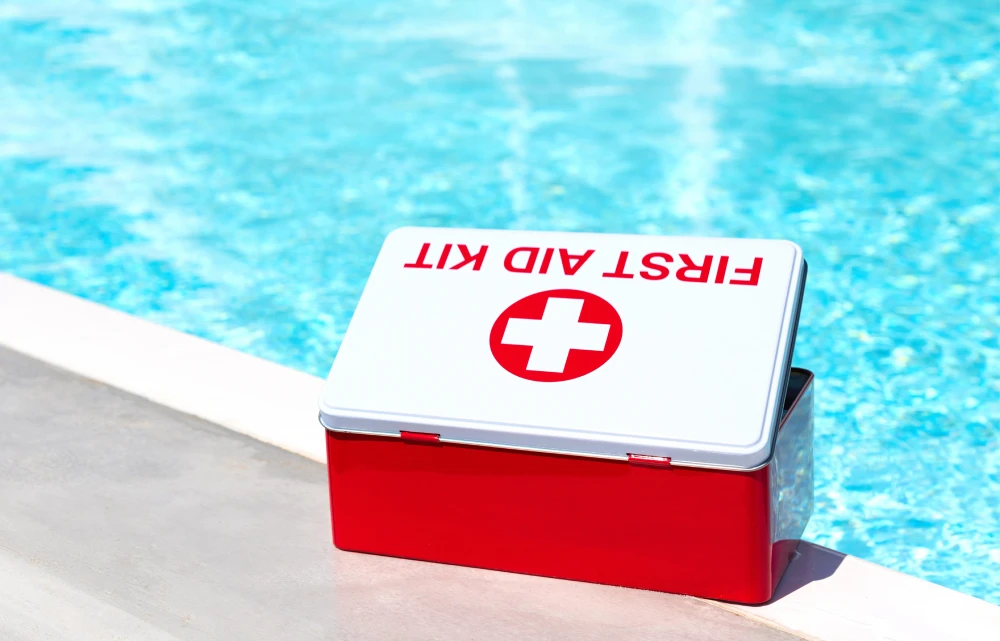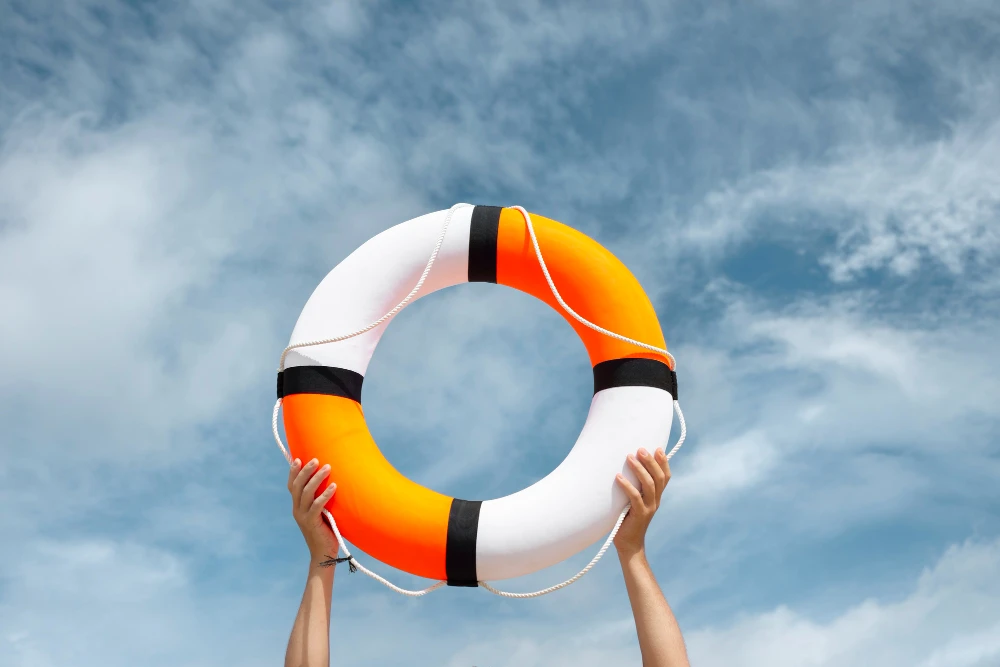Water-related activities hold a special allure – swimming pools, beaches, boating, and fishing all offer enticing leisure opportunities. But amidst the fun, it’s vital to remember that water can be a silent and deadly threat. Drowning accidents are tragically common, and their aftermath can be devastating for those involved.
As a lawyer who has practiced in Louisiana and Texas for almost three decades, I’ve seen firsthand the heartbreak drowning accidents can cause. This information is designed to give you a better understanding of this serious issue, the staggering statistics behind drowning, and potential legal avenues if a drowning accident has affected you or someone you love.

The BLS ( Bureau of Labor Statistics) also broke down the areas of workplace injury and found that more than 1/3 involve injury to the back. About 12% are shoulder injuries and another 12% are knee injuries. Ankle injuries make up about 9%.
According to the Bureau of Labor Statistics, the most common workplace injuries are:
The World Health Organization (WHO) estimates that a staggering 236,000 people die from drowning every year globally. This makes it the 3rd leading cause of unintentional injury-related deaths.
The Centers for Disease Control and Prevention (CDC) reports that there are an average of 4,000 fatal unintentional drownings annually in the U.S. – that’s an average of 11 deaths every single day. Additionally, around 8,000 nonfatal drownings occur each year, often with lasting consequences.
Children are disproportionately affected. Drowning is the leading cause of unintentional injury-related death for children ages 1-4 in the U.S. Sadly, it remains within the top 5 causes of unintentional injury-related death for children up to age 14.
Drowning incidents often occur when children (or even adults) are left unsupervised near water, even for brief periods. It can take mere seconds for a tragedy to happen.
Not knowing how to swim, or overestimating swimming ability, drastically increases drowning risk. This is particularly an issue in low-income communities where access to swimming lessons is limited.
Alcohol use is a significant factor in many drownings. It impairs judgment, slows reaction times, and can lead to poor decision-making around water.

Drowning is a major hazard in boating accidents, especially when occupants aren’t wearing life vests.
Unexpected medical conditions such as seizures or heart problems can lead to drowning, even for strong swimmers.
Powerful ocean currents overwhelm even experienced swimmers and can quickly drag victims away from shore.
Drowning accidents can happen in various settings, creating different legal complexities:


What You Should Know



Establishing liability in a drowning case can be a complex endeavor. Several factors come into play:
A drowning accident, fatal or nonfatal, can leave families reeling from emotional trauma, as well as mounting financial burdens from medical care or loss of income. Legal action might be appropriate in specific instances.
This depends entirely on the specific circumstances. To have a potential case, you generally need to demonstrate the following:
Depending on the case, several parties might bear liability:
If your case is successful, you might recover compensation for:
Statutes of limitations (deadlines for filing lawsuits) vary by state and type of claim. It’s essential to consult an attorney quickly after an accident to preserve your legal rights.
Many drowning accident lawyers work on a contingency fee basis. This means you don’t pay anything upfront, and the lawyer takes a percentage of the settlement or verdict they obtain for you.
If you’ve suffered a drowning accident in in Louisiana or Texas, don’t face it alone. Contact Bart Bernard Injury Law today for a free, confidential consultation. Our dedicated team is ready to listen to your story, assess your case, and provide the support and guidance you need to secure your rightful benefits.
Important Disclaimer: This information is for educational purposes and doesn’t constitute legal advice. Every drowning case is unique, and it’s essential to consult an attorney to discuss your individual situation.